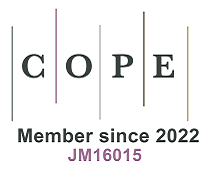fig2

Figure 2. Microfluidic models for studying vessel stenosis, reversed flow, and vessel injury. (A) 2D atherosclerotic model developed by Westein et al.[48] Scale bar = 100 µm. (B) Triangular and squared stenotic geometries for computational fluid dynamics (CFD) analysis by Zainal et al.[52] (C) Parallel stenosis channels for hemostasis study by Jain et al.[53] (D) Patient-specific chip for CVST diagnosis by Zhao et al.[54] Scale bar = 400 µm. (E) The arterial thrombosis model by Costa et al.[55] Scale bar = 200 µm. (F) Bifurcated model for the investigation of anti-thrombotic drugs by Berry et al.[58] (G) Characterization of reversed flow vortices by Tovar-Lopez et al.[60]










